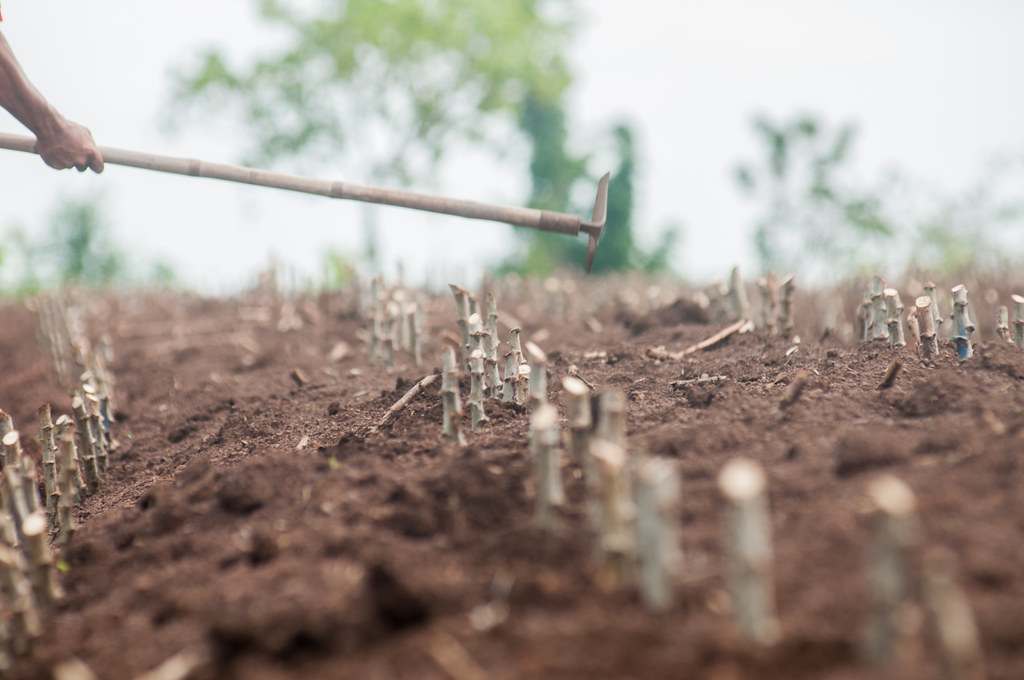In a world confronted by the urgent need for sustainable food production, regenerative agriculture has emerged as a transformative practice. This exploration delves deep into the principles, practices, and the profound impact of regenerative agriculture, showcasing how it’s reshaping our approach to farming and ensuring a more sustainable and resilient future.
The Regenerative Agriculture Revolution
Regenerative agriculture is not just a practice but a profound shift in the way we view and interact with the land. It’s a movement that goes beyond the concept of sustainability, aiming to restore and revitalize ecosystems, enhance soil health, and mitigate the impacts of climate change.
The Key Principles
At the heart of regenerative agriculture are several key principles:
1. Soil Health:
Regenerative practices focus on rebuilding soil health through reduced tillage, cover cropping, and the use of organic matter. Healthy soils not only support crop growth but also sequester carbon, mitigating climate change.
2. Biodiversity:
Encouraging biodiversity through crop rotation and intercropping reduces the prevalence of pests and diseases, minimizing the need for synthetic chemicals.
3. Erosion Control:
Practices like contour farming and planting windbreaks prevent soil erosion, preserving the integrity of the land.
4. Water Management:
Implementing water-efficient irrigation methods and rainwater harvesting minimizes water wastage and ensures the sustainable use of this critical resource.
5. Holistic Management:
Regenerative agriculture emphasizes holistic management approaches, viewing the farm as an interconnected ecosystem. This leads to well-rounded decisions that benefit both the environment and the farm.
Soil as a Living Organism
Regenerative agriculture recognizes that soil is a living organism in its own right. Healthy soil teems with a complex web of microorganisms that contribute to plant growth, nutrient cycling, and disease suppression. By enhancing soil health, regenerative practices foster a vibrant and resilient farming ecosystem.
Carbon Sequestration
One of the most remarkable aspects of regenerative agriculture is its capacity for carbon sequestration. Healthy soils absorb and store carbon, playing a crucial role in mitigating climate change. This makes regenerative agriculture a powerful tool for reducing greenhouse gas emissions and restoring ecological balance.
Economic and Community Benefits
Regenerative agriculture offers economic advantages as well. By reducing the need for costly synthetic inputs and improving crop resilience, it leads to cost savings for farmers. Additionally, it supports local communities by creating job opportunities and promoting food self-sufficiency.
Challenges and Considerations
While regenerative agriculture holds great promise, it is not without challenges. Transitioning from conventional farming practices requires education and investment. The shift can be gradual, and there may be short-term yield variations as the ecosystem rebuilds.
Conclusion
Regenerative agriculture is more than a practice; it’s a movement that embodies the principles of soil health, biodiversity, and ecological restoration. It addresses critical challenges in agriculture, from soil degradation and carbon emissions to water scarcity and food security. As our world grapples with the imperatives of sustainable food production, regenerative agriculture is ushering in a more holistic, resilient, and eco-conscious approach to farming, securing a healthier and more sustainable future for generations to come.


I appreciate the holistic management perspective. Seeing farms as ecosystems rather than isolated operations is such a progressive and impactful mindset.
I do trust all the ideas you’ve presented in your post. The potential of regenerative agriculture to sequester carbon is extraordinary. It gives me hope that farming can be part of the solution to climate change.Thank you for the post.
I love how this article emphasizes soil as a living organism. Healthy soil is the foundation of sustainable farming and a solution to many environmental issues.
Pingback: Anny
Regenerative agriculture also supports local communities by creating jobs and promoting self-sufficiency. It’s a win-win for both people and the planet.